
Heart Health in America
Heart disease is the leading cause of death in the United States and is a major cause of disability. The most common heart disease in the United States is coronary heart disease, which often appears as a heart attack. About every 25 seconds, an American will have a coronary event, and about one every minute will die from it1.
In 2010, an estimated 785,000 Americans had a new coronary attack, and about 470,000 had a recurrent attack. Although heart disease is sometimes thought of as a “man’s disease,” it is the leading cause of death for both women and men in the United States, and women account for nearly 50% of heart disease deaths.
Heart disease is the third leading cause of death among women aged 25–44 years and the second leading cause of death among women aged 45–64 years. The average age for a first heart attack for men is 66 years and almost half of men who have a heart attack under age 65 die within 8 years1. Half of men and almost two-thirds of women who die suddenly of coronary heart disease have no previous symptoms 2.
Atherosclerosis is also the most common cause of cardiovascular disease, which occurs when the arteries become clogged and narrowed, restricting blood flow. Without adequate blood flow from the coronary arteries, the heart becomes starved of oxygen and the vital nutrients it needs to work properly.
A heart attack or myocardial infarction occurs when a plaque ruptures, allowing a blood clot to form. This completely obstructs the artery, stopping blood flow to part of the heart muscle, and that portion of muscle dies.
Know Your Signs and Symptoms
Knowing the signs and symptoms of heart attack are crucial to the most positive outcomes after having a heart attack. Some heart attacks are sudden and intense; however, most heart attacks start slowly, with mild pain or discomfort. Often people affected aren’t sure what’s wrong and wait too long before getting help. Call 911 immediately at the onset of heart attack symptoms. These are signs that can mean a heart attack is happening:
- Chest discomfort. Most heart attacks involve discomfort in the center of the chest that lasts more than a few minutes, or that goes away and comes back. It can feel like uncomfortable pressure, squeezing, fullness, or pain.
- Discomfort in other areas of the upper body. Symptoms can include pain or discomfort in one or both arms, the back, neck, jaw, or stomach.
- Shortness of breath. May occur with or without chest discomfort.
- Other signs. These may include breaking out in a cold sweat, nausea, or lightheadedness.
- Signs in women may be different than for men. Read our post: Women and Heart Attacks: Identify the Signs, Save a Life
Healthy Lifestyle: Diet and Nutrition, Exercise and Fitness
1. Healthy Diet
A healthy diet and lifestyle are the best weapons you have to fight heart disease. Many people make it harder than it is. It is important to remember that it is the overall pattern of the choices you make that counts.
As you make daily food choices, read nutrition labels and base your eating pattern on these recommendations:
- Follow a healthy diet abundant in vegetables and fruit
- Choose good quality (hormone and antibiotic free) lean meats and poultry without skin and prepare them without added saturated and trans fat.
- Legumes are an excellent source of protein and fiber.
- Eliminate, or select fat-free, 1% fat, and low-fat dairy products.
- Choose healthy fats like olive oil and avocado and cut back on foods containing partially hydrogenated vegetable oils to reduce trans fat in your diet.
- Cut back on foods high in dietary cholesterol. Aim to eat less than 300 mg of cholesterol each day.
- Cut back on beverages and foods with added sugars.
- Select and purchase foods lower in salt/sodium.
- If you drink alcohol, drink in moderation. That means no more than one drink per day if you’re a woman and two drinks per day if you’re a man.
- Keep an eye on your portion sizes.
About Kirk’s Book
Staying Healthy in the Fast Lane simplifies the causes and effects of modern chronic diseases by outlining the five dietary changes over the last century that have led to excess calorie consumption, and along with reduced physical activity, have resulted in the epidemics of obesity, heart disease, diabetes, and other chronic conditions.
2. Heart Health Support Supplements
Providing your body with the extra support it needs can go a long way in keeping your heart happy. These excellent supplements are available at Energetic Nutrition.
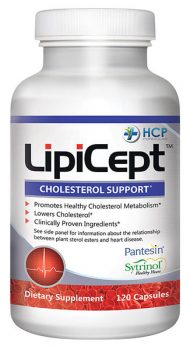 LipiCept™ is a blend of proven ingredients, including Sytrinol® and Pantesin®, formulated to support healthy cholesterol levels already within the normal range.†
LipiCept™ is a blend of proven ingredients, including Sytrinol® and Pantesin®, formulated to support healthy cholesterol levels already within the normal range.† Arctic Pure Omega-3 fatty acids are a critical component of any heart health plan. They may promote a healthy inflammation response and support healthy circulation.*
Arctic Pure Omega-3 fatty acids are a critical component of any heart health plan. They may promote a healthy inflammation response and support healthy circulation.*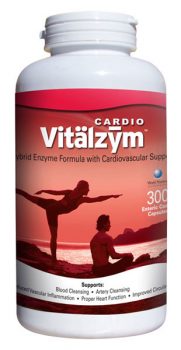 Vitalzym CARDIO is a unique enzyme formula designed specifically to support heart health with enzymes that may cleanse blood of excess fibrin and arterial plaque.*
Vitalzym CARDIO is a unique enzyme formula designed specifically to support heart health with enzymes that may cleanse blood of excess fibrin and arterial plaque.*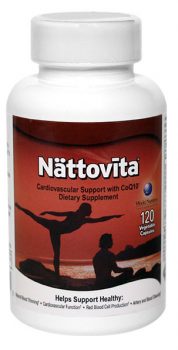 The Nättovīta formula also includes CoQ10, and is specifically formulated to support healthy blood sugar levels, circulation, and to help maintain normal cholesterol.*
The Nättovīta formula also includes CoQ10, and is specifically formulated to support healthy blood sugar levels, circulation, and to help maintain normal cholesterol.*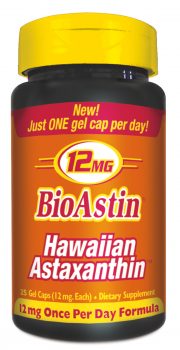 BioAstin contains astaxanthin, an antioxidant that may have a wide range of benefits. It may protect the central nervous system, brain, eyes, and the cardiovascular health.*
BioAstin contains astaxanthin, an antioxidant that may have a wide range of benefits. It may protect the central nervous system, brain, eyes, and the cardiovascular health.*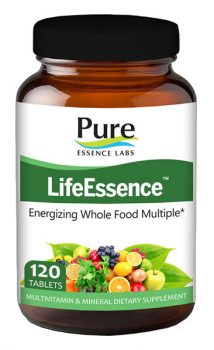 Life Essence Multiple provides essential vitamins and minerals along with antioxidants, amino acids, and countless other co-nutrients that may promote heart health.*
Life Essence Multiple provides essential vitamins and minerals along with antioxidants, amino acids, and countless other co-nutrients that may promote heart health.*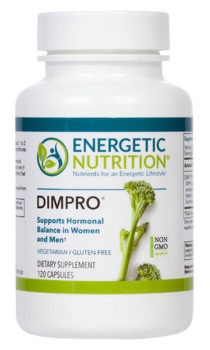 DIM is an excellent hormone balancer, particularly in an estrogen dominant body.* Estrogens play a complex role in non-reproductive tissues including the cardiovascular system.
DIM is an excellent hormone balancer, particularly in an estrogen dominant body.* Estrogens play a complex role in non-reproductive tissues including the cardiovascular system.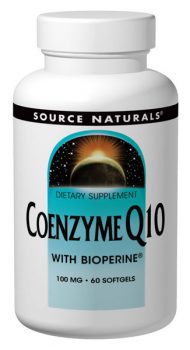 Coenzyme Q10 is a powerful antioxidant believed to safeguard LDL cholesterol from oxidation. CoQ10 is a critical component in the primary energy cycle, and is most abundant in the heart.*
Coenzyme Q10 is a powerful antioxidant believed to safeguard LDL cholesterol from oxidation. CoQ10 is a critical component in the primary energy cycle, and is most abundant in the heart.*More Cardiovascular Support Supplements
3. Exercise and Fitness
Physical activity in your daily life is an important step to preventing heart disease. Moderate exercise 3-4 times per week for at least 30 minutes is essential to support circulation, vitality, and heart health. You can take a few simple steps at home, at work, and at play to increase the amount of physical activity in your life.
4. Stress Management
Stress is a major concern when it comes to hypertension and heart health. Keep those stress hormones in check and that blood pressure down by taking time to relax, meditate, walk, take a bath, or do whatever it is you do that relaxes you. Even if it is only for 5-10 minutes per day, it makes a difference. You can live a heart-healthy lifestyle that contributes to your longevity. Don’t be a statistic. For extra support, get your friends and family involved in living a healthy and energetic lifestyle.
About Kirk Hamilton
Kirk Hamilton graduated from the University of California, Davis Physician’s Assistant Program through their Department of Family Practice in 1983.
Since 1986, he has been a practicing Physician’s Assistant at Health Associates Medical Group in Sacramento, California, a nutrient oriented general practice. Kirk has worked in a variety of practice specialties including: Family Practice, Nutrition, Prevention, Cardiology, Bio-Identical Hormone Replacement, Allergy, Acupuncture and Integrative Medicine.
Kirk Hamilton’s Websites
References
- Roger V, Go, A, Lloyd-Jones, D, et al. Heart disease and stroke statistics—2011 update. A report from the American Heart Association Statistics Committee and Stroke Statistics Subcommittee. Circulation 2011;123:e1-e192.
- Lloyd-Jones D, Adams RJ, Brown TM, et al. Heart Disease and Stroke Statistics—2010 Update. A Report from the American Heart Association Statistics Committee and Stroke Statistics Subcommittee. Circulation. 2010;121:e1-e170.
1 Comment
Comments are closed.


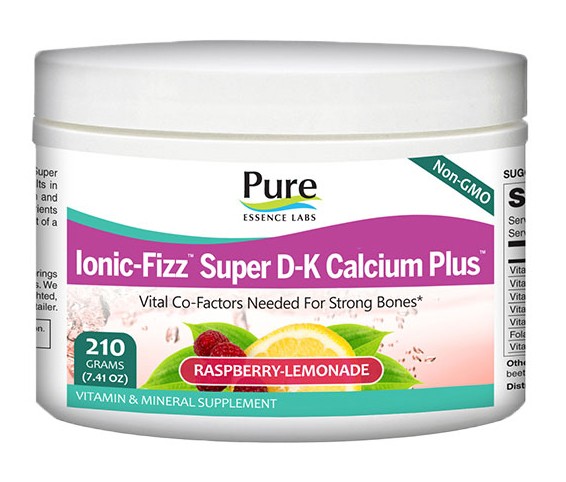
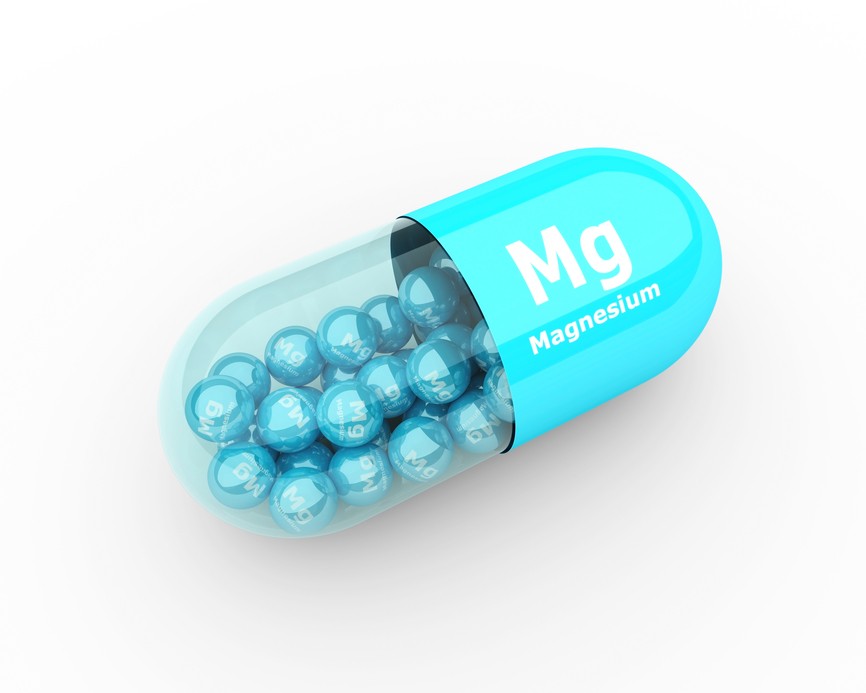

My family has a long history of heart disease and I am always worried that it will become prevalent in me. I haven’t really ever noticed any sort of issues but I think getting my heart checked out sometime soon may be the way to go. Cardiology can show a lot of different things that you don’t necessarily notice and it is definitely better to be safe than sorry!